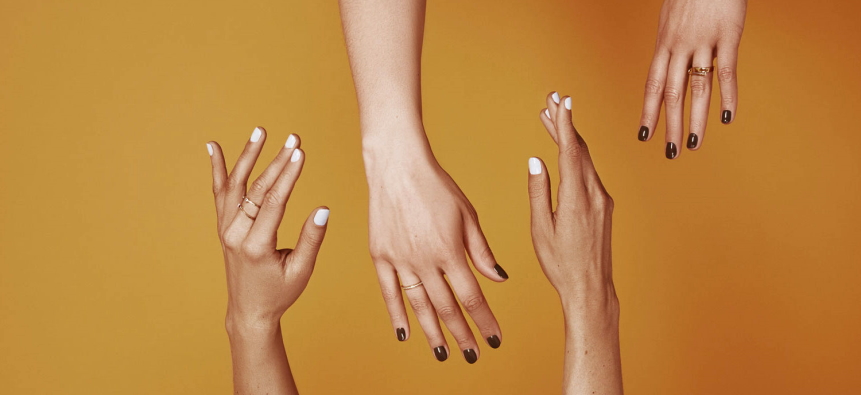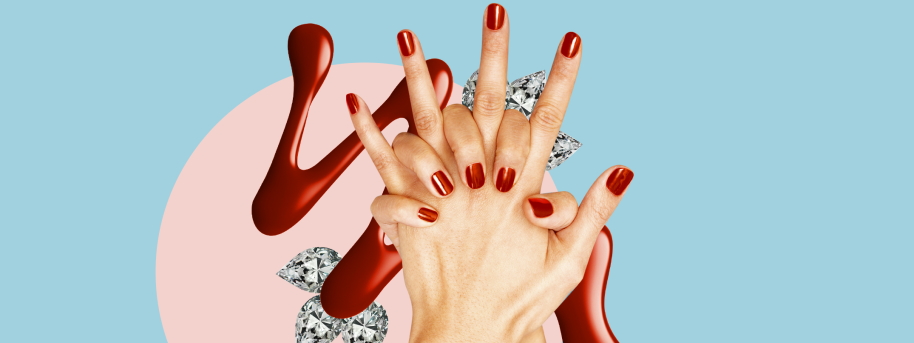Nail technicians begin manicuring. They then roughen a file or buffer on the nail bed. They will dehydrate and clean the alcohol nail bed and then add the base coat. All polished coats must be cured for 30 seconds under UV or LED lamps. Two color coats per cure under UV or LED lamp after the base coat. Finally there is the top cover, which is often cured under UV or LED lighting. The nail tech eventually removes a sticky film residue with alcohol.
Shellac’s application process is essentially the same. One big difference is however that the nail tech does not lift the nail. The only preparation of the nail bed is the dehydration and washing with alcohol. Another main distinction is that Shellac needs to recover for one minute under UV light.
The polishes in gel and shellac always smell like nail polish. The best results for gel nails are achieved by the special equipment and items during a visit to the salon.

Removal for shellac nails vs gel nails
For gel polishing, nail techs extract the shine with a file from the polish. Then they take five to ten minutes to soak the nails in acetone and remove the polish with a cuticular pusher. Some nail technicians specifically use a cotton ball soaked in acetone to the nail and secure it with aluminum foil.
Much of the time, removing Shellac is the same. Yet nail techs don’t have to strip the polish shine. CND also manufactures remover wraps so that you do not swallow your fingers in acetone. Nails have to soak for about 8 minutes.

Appearance of difference between shellac and gel nails
Customers do not have to wait for the nails to dry during application. They are ready after the final treatment. The gel nails and shellac both develop dry cuticles from the process of dehydration. Neither for weak or damaged nails is suitable. One key difference is that it is important to grind a file to the nail bed while Shellac does not.
During manicure life, the nails are normally chip-free for 14 days, with polished gel and shellac. Both make the clots feel heavier. For both of them, as they grow up, a band begins to appear between color and cuticle.





